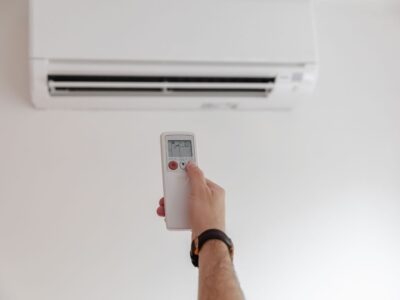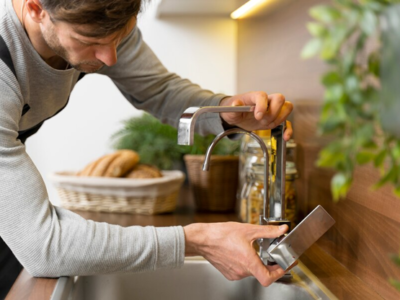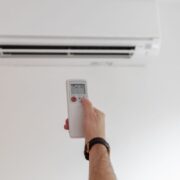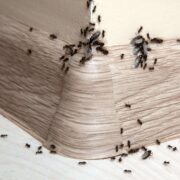Side sleeping is the most popular and recommended sleep position, used by an estimated 60-70% of individuals. Not only is side sleeping generally considered the healthiest option for spinal support and alignment, but it can also help reduce back pain, ease breathing issues, and better accommodate pregnancy. However, without the right mattress designed for side sleepers, all those benefits quickly disappear as the build-up of pressure points creates new aches, pains, and discomfort through the night. Selecting a mattress tailored to keep side sleepers properly cushioned and supported plays a key role in waking up rested and refreshed.
Look for in a side sleeper mattress
Responsiveness – Side sleepers require a mattress with enough give to cushion protruding pressure points around the shoulders and hips which bear more weight concentration. Beds that are too firm won’t compress adequately leading to discomfort.
- Conforming ability – While responsiveness is important, the mattress should also offer balanced support without too much sink age and cradle. It prevents uneven spinal alignment which can strain the back. Latex, memory foam, or hybrid mattresses conform well.
- Edge support – Side sleepers require a spacious sleep surface to spread out on their side. A strong perimeter prevents “roll-off” sensations. Foam encasement layers strengthen edges.
- Motion isolation – To avoid sleep disruption from a restless partner; choose a mattress adept at absorbing movement like memory foam or latex. Pocketed coil springs can isolate motion fairly well in hybrid beds.
- Temperature regulation – Foam and latex trap heat so options like gel memory foam, breathable latex or coil hybrids allow better airflow to maintain a comfortable sleep temperature.
- Mattress types for side sleepers
Based on the above criteria, here is the top best mattress for side sleepers varieties suited for side sleeping positions. We’ll summarize the advantages of each.
Memory foam
This popular bed-in-a-box material encapsulates the curves of side sleepers to eliminate pressure points. Memory foam adapts to offer custom shaping and support as you shift positions overnight. Open-cell foam construction aids breathability. Choose a mattress with faster responsiveness to prevent excessive sink age.
Latex foam
They are derived from the sap of rubber trees, all-natural latex rival’s memory foam’s contouring abilities but with greater bounce and airflow. It makes changing positions easier without trapping heat. Manufactured blends like Talley latex enhance softness. Reinforced edges provide ample surface area.
Innerspring coil hybrid
By layering memory or latex foam over pocketed mini coils, hybrid mattresses achieve the pressure relief of conforming materials with an added bounce from springs. The individually wrapped coils limit motion transfer while the foam cushions key contact points along the contours of side sleepers. Sleep space maximized.
Mattress toppers
2 to 4 inch thick foam, latex, or wool toppers can be added to an existing mattress that is too firm or worn to re-establish conforming comfort on a budget.
Pro tips for comfort
- Softer mattresses best accommodate side sleepers. Look for medium soft (4) to medium (6) on 10-point firmness scale.
- Pillow placed between knees supports upper leg to prevent twisting strain on the spine and low back muscles.
- Use a thicker, fuller pillow (minimum 3 inches) to keep head and neck aligned with rest of spine.













Comments